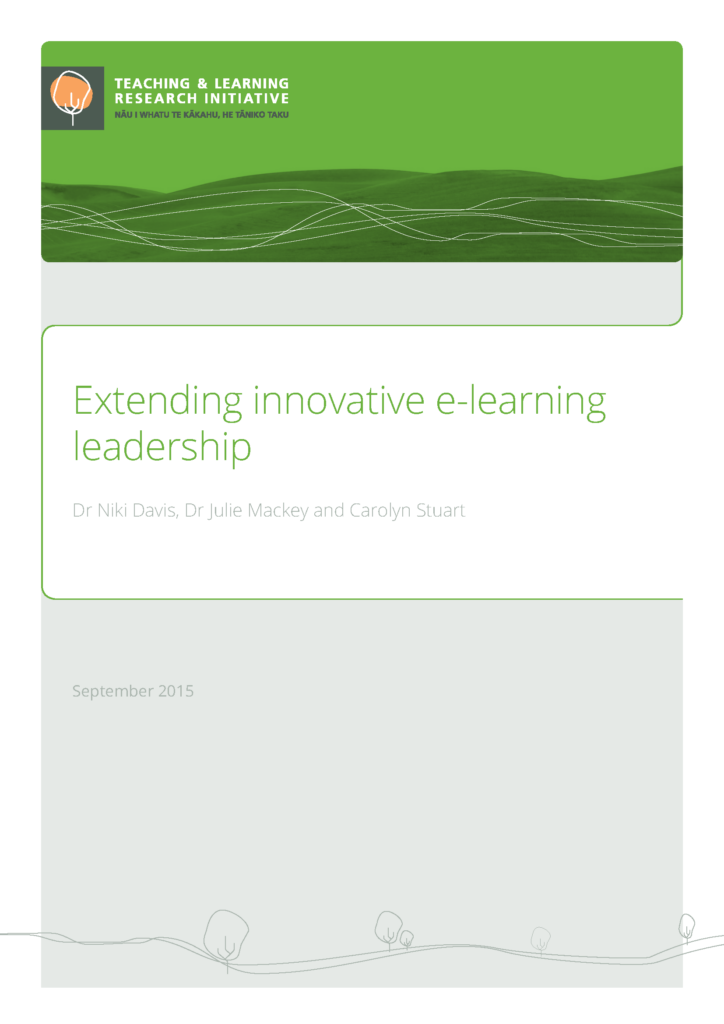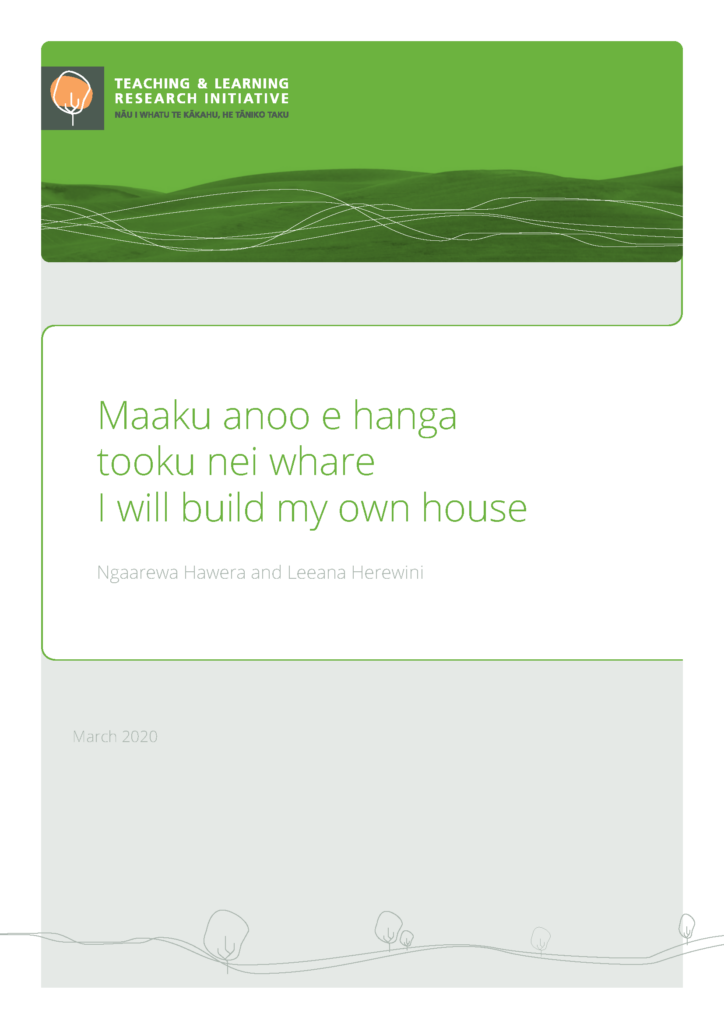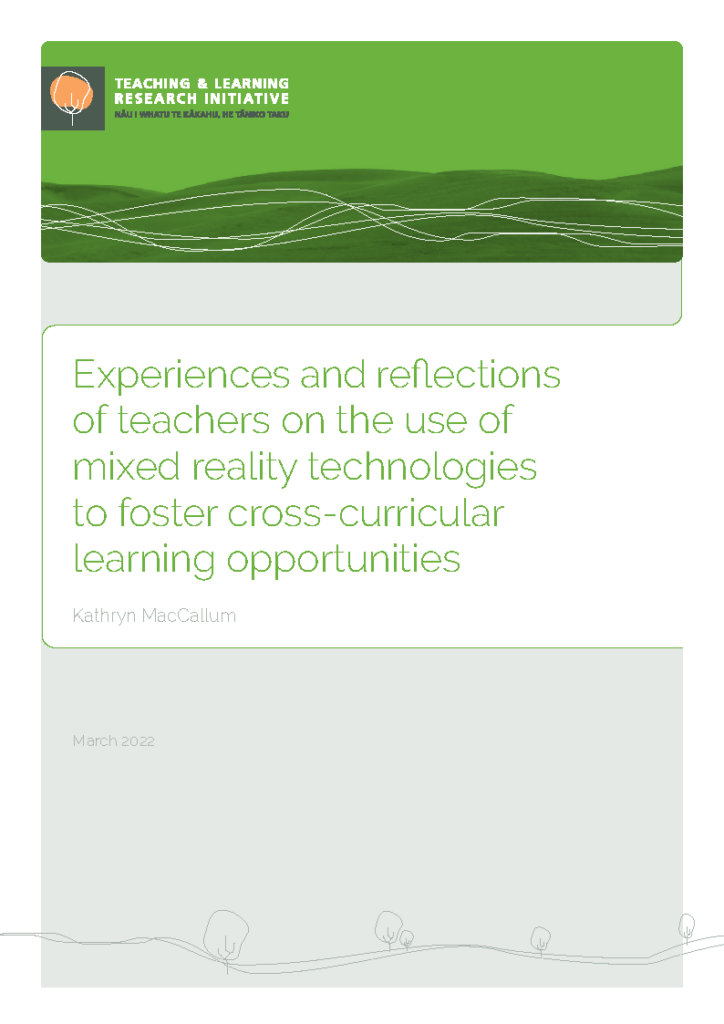Porous learning: what do families and schools need to know and do about learning@home in a digital environment to enhance children’s literacy?
Introduction School students increasingly use digital technologies at home to enhance learning and bridge the school– home divide. The porous learning project was designed to explore the factors that both enabled learning and created barriers to learning at home for students in a low socioeconomic community using the digital learning environment, which we refer to […]
Extending innovative e-learning leadership

Introduction / research aims / rationale This project grew out of the desire to understand and share the strategies that successful school leaders use to identify, implement and integrate digital technologies in school settings. What may come naturally to some leaders presents significant challenges for others; the catalyst for this project was the opportunity to […]
Māku anō e hanga, i toku nei whare – I will build my own house

INTRODUCTION: The context of the project The proponents of Modern Learning Environments (MLE) or Innovative Learning Environments (ILE) are from largely non-indigenous backgrounds. In Aotearoa New Zealand, research about learning mathematics in an MLE is limited and focuses almost exclusively on English-Medium (EM) settings (Bisset, 2014; Murphy, 2016; Osborne, 2013). In contrast, this research sought […]
Experiences and reflections of teachers on the use of mixed reality technologies to foster cross-curricular learning opportunities

1. Introduction This study aimed to explore how the purposeful integration of new technology, specifically mixed reality (MR), can support learning across the curriculum through the development of digital artefacts. The study focused on exploring the experiences of teachers at two high schools who were supported by digital technologies teachers and the lead researcher to […]
